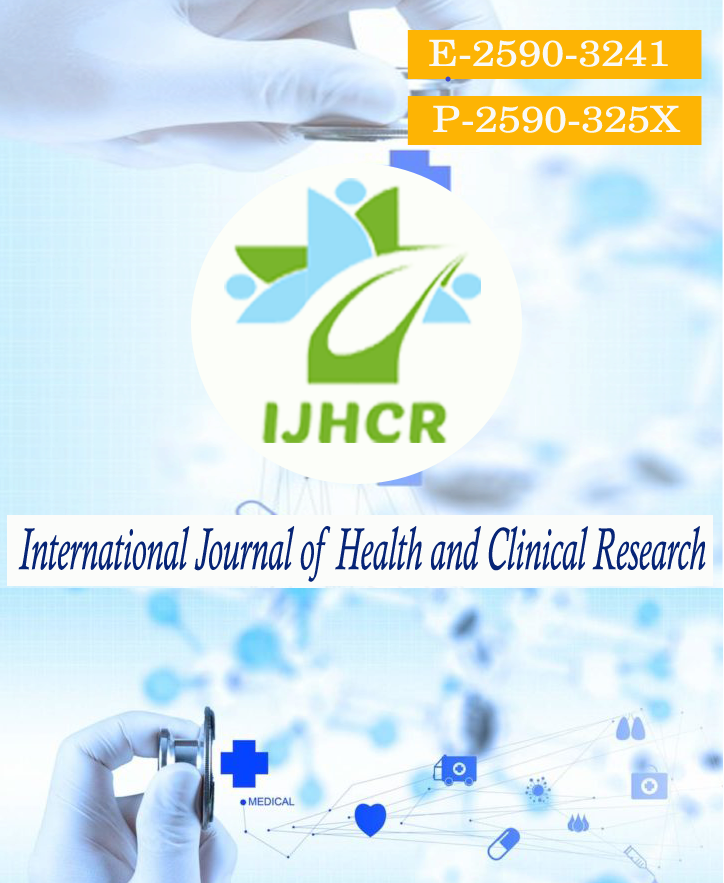Assessment of serum magnesium levels in critically ill patients
Keywords:
Critically ill, Intensive care unit, Magnesium levels, electrolytes.Abstract
Background: Hypomagnesaemia occurs in up to 12% of hospitalized patients. The incidence rises to as high as 60 to 65% in patients in intensive care settings in which nutrition, diuretics, hypoalbuminemia and amino glycosides may play important roles. Hence the present study was conducted at a tertiary healthcare institute to assess the relationship between serum magnesium levels and clinical status of the critically ill patients. Material and methods: This is a prospective, observational cohort study involving the adult population of critically ill patients. The study was conducted in the Intensive care unit, the Emergency department. The emergency department is facilities at the tertiary healthcare institute which are used for acutely ill critical patients at the accident and emergency unit. Any person meeting the selection criteria, admitted into the critical care units. Results: Majority of the subjects had APACHE score between 11 to 20 (49%), followed by less than 10 among 38% study subjects. In this study we assessed the correlation between APACHE score and serum magnesium levels. We observed it to be statistically significant. (R=0.31, p-value=0.0003). Conclusions: The study recommends that routine monitoring of serum magnesium and clinical assessment of patients at risk for Mg deficiency remains vital for making a timely diagnosis of magnesium depletion.
Downloads
Published
How to Cite
Issue
Section
License
Copyright (c) 2021 Perka Ragini Vasudeorao, Rakesh Kumar Ambati

This work is licensed under a Creative Commons Attribution 4.0 International License.






 All articles published in International Journal of Health and Clinical Research are licensed under a
All articles published in International Journal of Health and Clinical Research are licensed under a 